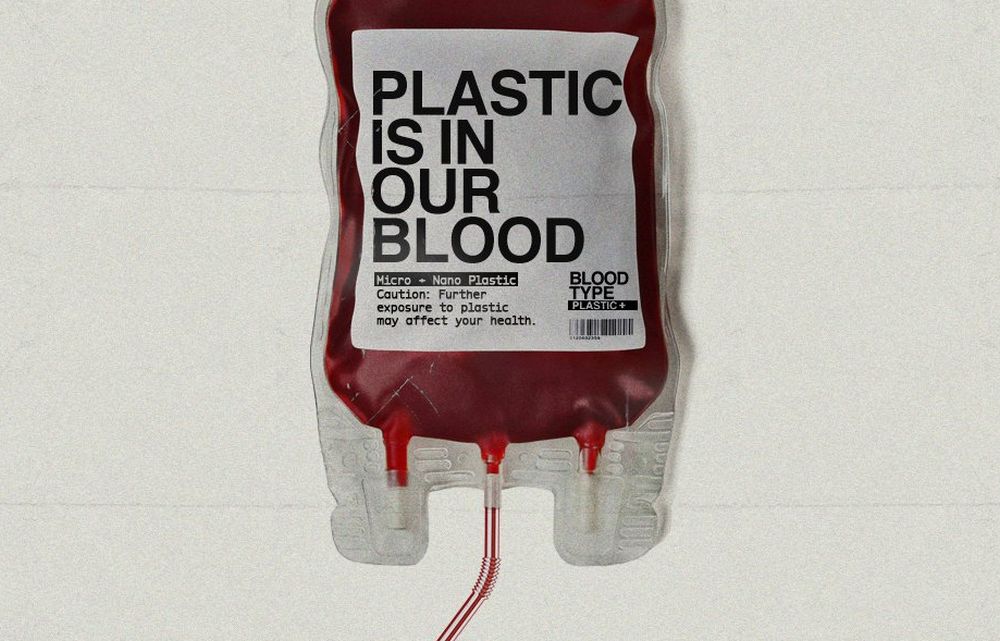Plastic is in Humans: Microplastics Detected in Blood for the First Time
A research has discovered that plastic particles can travel around the body and may get lodged in various organs
Microplastics have reached the farthest corners of the planet, from the bottom of the ocean to the summit of Mount Everest. But for the first time ever, microplastics have been detected in human blood, as scientists discovered tiny units in almost all of the people tested. The study showed that plastic particles can get stuck in human organs which sounds alarming.
The exact impact of microplastics on health are yet to be known, however, they can cause damage to human cells in the laboratory. Air pollution particles are already known to enter the body and cause millions of deaths each year. People already consume tiny particles through food and water, and breathe them as well!
The study analyzed blood samples from 22 anonymous donors who were all healthy adults, and 17 samples had plastic particles in them. Half the samples contained PET plastic, a commonly used material in drinks bottles. A third of the samples had polystyrene that is used for packaging food and other products. While, a quarter of the blood samples had polyethylene.

Image: Common Seas
Prof Dick Vethaak, an ecotoxicologist at Vrije Universiteit Amsterdam in the Netherlands, said;
Our study is the first indication that we have polymer particles in our blood – it’s a breakthrough result. But we have to extend the research and increase the sample sizes, the number of polymers assessed, etc…The particles are there and are transported throughout the body. We also know in general that babies and young children are more vulnerable to chemical and particle exposure.
The research was funded by the Dutch National Organization for Health Research and Development, and Common Seas, a social enterprise working to reduce plastic pollution. Published in the journal Environment International, the new research revised existing techniques to detect and analyze particles as small as 0.0007mm.
The research team used steel syringe needles and glass tubes to elude contamination, and tested for background levels of microplastics using blank samples. Vethaak said that this is a new study and it needs more work. The difference might mirror short-term contact before the blood samples were taken, including drinking from a plastic-lined coffee cup or wearing a plastic face mask.
A recent study revealed that microplastics can latch onto the outer membranes of red blood cells and may restrict their ability to transport oxygen. Frighteningly, the particles have been also been found in the placentas of pregnant women, and in pregnant rats, literally passing them rapidly through the lungs into the hearts, brains and other organs of the fetuses.


